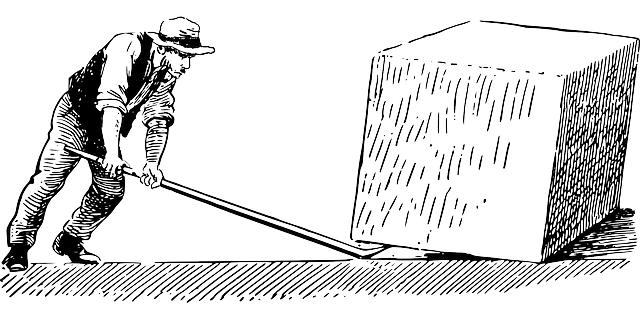
After identifying the convergent and divergent feedback loops within her inventory management system, Sarah focuses on analyzing leverage points—places within the system where small changes can lead to significant improvements or outcomes. By identifying and understanding these leverage points, Sarah can prioritize her efforts and interventions to maximize their impact on improving inventory performance and overall business operations. Here’s how Sarah approaches this step:
1. Identifying Potential Leverage Points
◦ Sarah reviews the feedback loops identified in the previous step and identifies key points where interventions could influence the behavior of the system. These points may include variables such as reorder points, lead times, demand forecasting methods, inventory turnover rates, and supplier relationships.
2. Classifying Leverage Points
◦ Sarah classifies potential leverage points based on their potential impact and feasibility of intervention. She distinguishes between high-leverage points, where small changes can lead to significant improvements, and low-leverage points, where changes may have minimal impact or require substantial resources.
3. Understanding Leverage Dynamics
◦ Sarah considers the leverage dynamics associated with each potential intervention. She recognizes that some leverage points may have nonlinear or disproportionate effects on system behavior, while others may exhibit diminishing returns or unintended consequences. By understanding these dynamics, Sarah can anticipate the outcomes of different intervention strategies.
4. Prioritizing Intervention Strategies
◦ Sarah prioritizes her intervention strategies based on their potential for impact, alignment with business goals, and feasibility of implementation. She focuses on high-leverage points that offer the greatest opportunity for improvement while considering factors such as resource constraints, timeframes, and risk tolerance.
5. Example Leverage Points
◦ Optimizing Reorder Points: Sarah identifies the reorder point as a high-leverage point within her inventory management system. By optimizing reorder point thresholds based on demand variability, lead times, and service level objectives, Sarah can reduce the risk of stockouts while minimizing excess inventory holding costs.
◦ Improving Demand Forecasting: Sarah recognizes that improving demand forecasting accuracy is another high-leverage point for optimizing inventory performance. By implementing advanced forecasting models, leveraging historical sales data, and incorporating market trends and customer insights, Sarah can enhance the reliability of her inventory planning processes.
◦ Streamlining Supplier Relationships: Sarah identifies opportunities to streamline her supplier relationships and reduce lead times as a high-leverage point for improving inventory responsiveness. By collaborating closely with key suppliers, negotiating favorable terms, and implementing just-in-time inventory practices, Sarah can minimize delays and increase supply chain efficiency.
6. Iterative Approach
◦ Sarah adopts an iterative approach to analyzing leverage points, recognizing that the effectiveness of interventions may evolve over time as the system adapts and responds to changes. She remains vigilant and monitors the impact of her interventions, adjusting her strategies as needed to achieve desired outcomes.
By systematically analyzing leverage points within her inventory management system, Sarah can identify strategic opportunities for improvement and focus her efforts on interventions that offer the greatest potential for enhancing inventory performance, reducing costs, and increasing customer satisfaction. This proactive approach empowers Sarah to drive positive change and achieve sustainable business growth.
